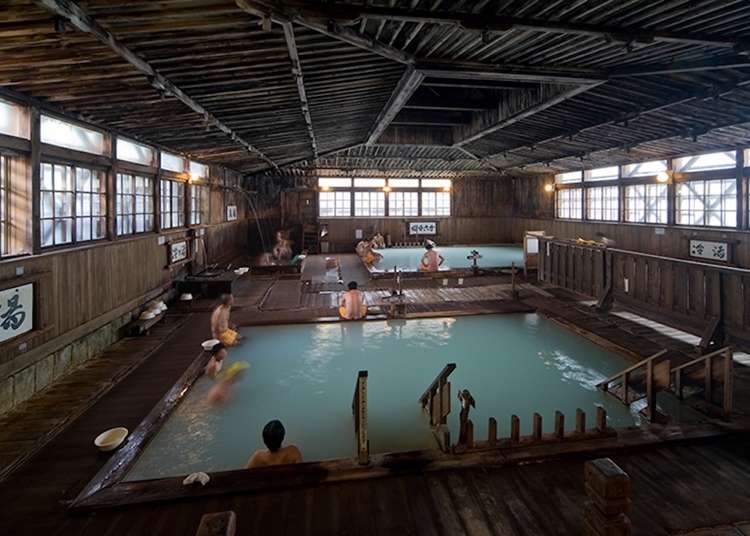
Tucked in the snow-covered mountains of Hakkōda, Sukayu Onsen receives over four meters of snow annually. This renowned hot spring destination is especially beloved by foreign visitors, offering the unique charm of the massive ‘Hiba Sennin Furo,’ a mixed bath celebrated for its healing properties.
From surrounding sightseeing areas to accommodation options, let us tell you more about the wonders of visiting Sukayu Onsen in winter.
- Table of Contents
-
- What kind of place is Sukaya Onsen?
- How do you get to Sukayu Onsen? Do take note in winter!
- We've finally made it! Let's take a dip in Hiba Sennin Furo and Tama-no-Yu
- Ryokan-tō and yuji-tō are both available
- See amazing scenery along the Hakkōda Ropeway and enjoy winter sports
- Free pickup services! Recommended accommodations around Sukayu Onsen
What kind of place is Sukaya Onsen?
Sukayu Onsen is situated on the western foot of the main peak of the Hakkōda Mountains, Mount Odake, which also happens to sit along the ring of fire, and is a high-altitude hot spring located approximately 900 meters above sea level. Surrounded by beautiful scenery and bountiful lands all around, in the spring, high-altitude plants blossom into beautiful flowers, and you can enjoy the brilliant colors of the Momiji in autumn.
Besides this, as one of the places on earth well known for its immense snowfall, Sukayu is also a Mecca for skiers in winter. With snowfall exceeding five meters in some years, there is abundant high-quality snow, attracting skiers from Australia, Europe, and the rest of the world.
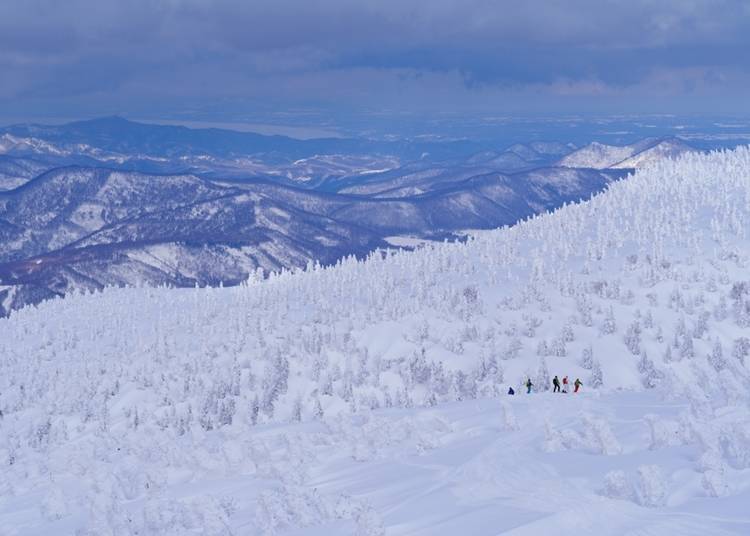
The origins of Sukayu Onsen date back about 300 years, to 1684. When local hunters were chasing a deer which they had injured into the mountains, the deer bounded up into the mountains, and the hunters saw it make a lively escape.
They thought it strange that an injured deer should behave like this, and on further investigation, they found the hot spring flowing. After that, the hot spring became known as "Shikayu," which means "deer springs," known for its medicinal properties, and its name was later changed to "Sukayu."

After that, the locals built small houses near the source of the spring waters, and from being a hot spring initially open to foragers and hunters in the mountains, the gentle medicinal properties of the waters together with the alpine climate gained the place a name as a "yujiba" in Japan, a hot spring specifically for healing ailments.
Over the years, ryokan and other accommodations for visiting the hot springs for health reasons increased in number, and in 1954, as a hot spring area with a gentle environment, it was registered as the first Nationally Protected Hot Spring.
The "Su" in "Sukayu" refers to acid, and is a reference to the strongly acidic waters of this hot spring. The acidic sulfurous waters are said to have positive effects on rheumatism, neuralgia, and digestive issues, amongst other healing properties.
Even now, many people visit these famous baths for medicinal reasons. Starting from the 260-square-meter large mixed bath, the "Hiba Sennin Furo," there are a total of five baths available, which have continued to heal visitors over the years.
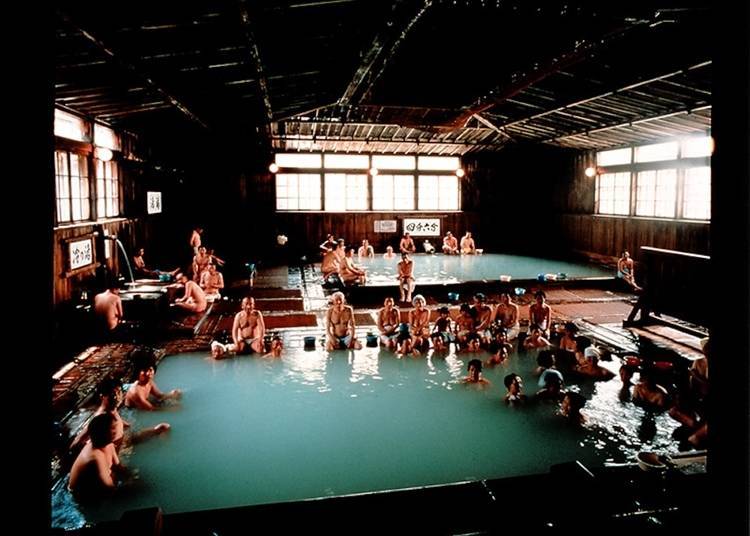
How do you get to Sukayu Onsen? Do take note in winter!
Though Sukayu Onsen is among the most famous onsen in Japan, it is located deep within the mountains of Hakkōda, so do check access information before going down.
If you're coming from Tokyo or Osaka, it is recommended that you take either take a plane or bullet train to Aomori, and switch to a bus from there. However, when coming by plane, there is no direct bus from Aomori Airport to Sukayu, so you'll have to go to Aomori Station or Shin-Aomori Station, and from there, you can take the JR bus to Sukayu Onsen, which runs all year round including in winter.
Incidentally, if you will be staying at Sukayu Onsen-juku, you can make a reservation for the shuttle bus to come and pick you up from Aomori Station, so do make use of this service if you'll be spending the night there.
When taking the JR bus:
-From Aomori Station east exit to Sukayu Onsen: one hour and ten minutes
-From Shin-Aomori Station east exit to Sukayu Onsen: one hour and twenty minutes
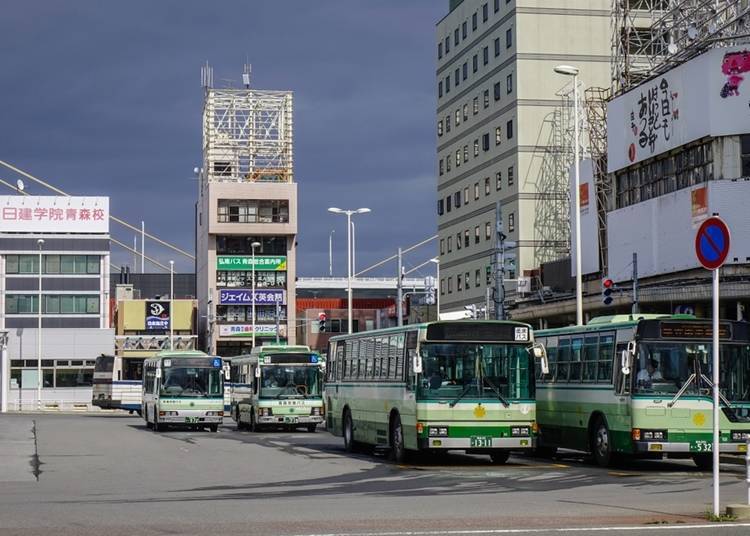
Though rental cars are also recommended, take extra care when driving in winter, as the mountain roads have many curves and are slippery. Four-wheel-drives and tire chains, amongst other anti-slip measures, are a must.
On top of this, in winter, some areas are gated shut at night, and depending on the weather, some areas may remain closed to traffic during the day. Particularly in winter, do check up on information beforehand, and if you're not used to driving on snowy roads, do make use of the buses instead.
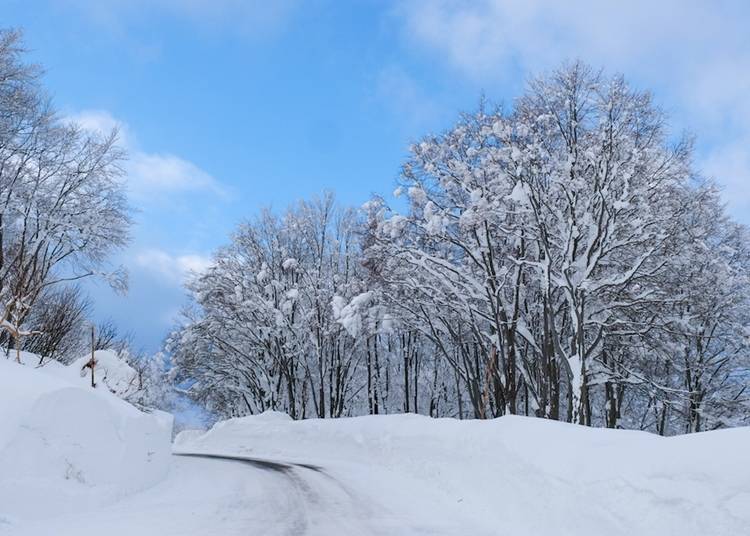
We've finally made it! Let's take a dip in Hiba Sennin Furo and Tama-no-Yu
After traversing the dangerous roads of Hakkōda, a retro wooden building awaits you at Sukayu Onsen. With the giant words "Sukayu" written on the signboard outside, you can feel a sense of history from it, and it has you brimming with anticipation as you step inside.
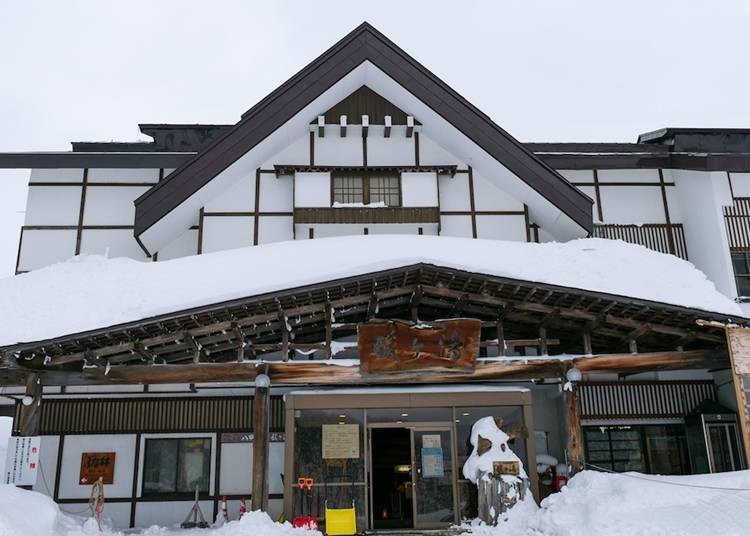
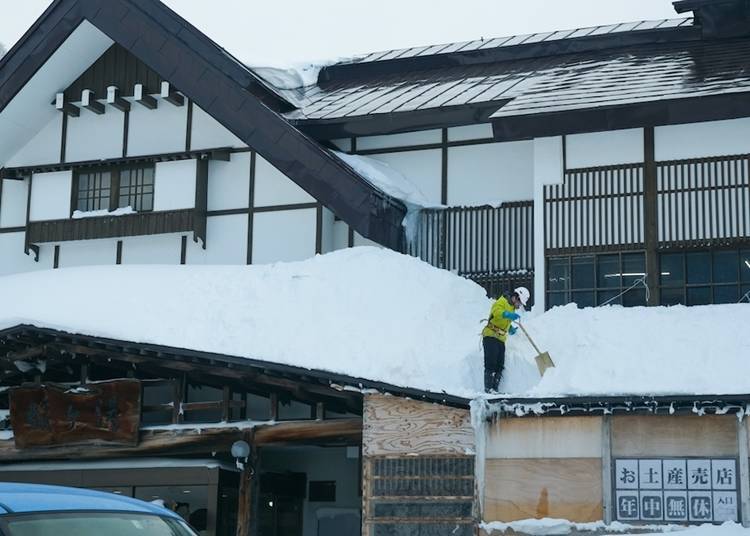
The interior of the building is very spacious, and is reminiscent of the accommodations for "yuji-juku," meant for people staying at the hot springs for health reasons. Buy your tickets from the vending machines and head to the reception at the front desk, and you're set to enter the springs.
Incidentally, bath and face towels are provided, so you don't have to bring anything with you when going in. Besides this, the Hiba Sennin Furo is a bath only meant for soaking in, so a washing area is not included. Soap and shampoo are strictly prohibited there too, so do take note.

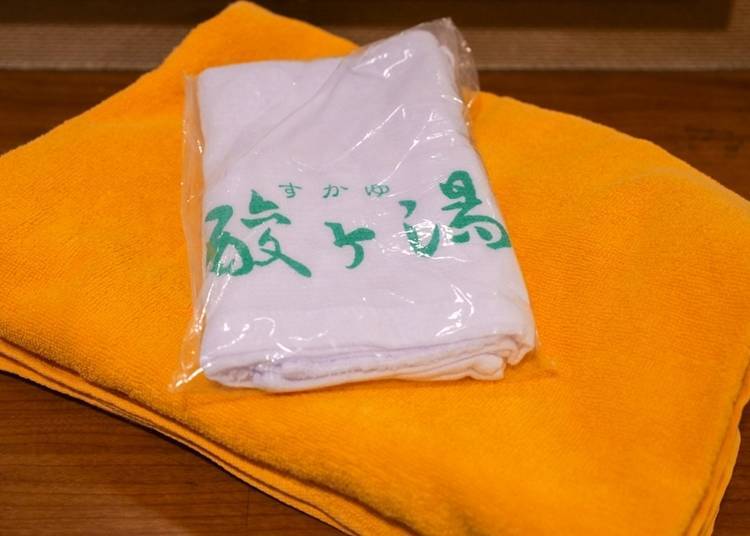
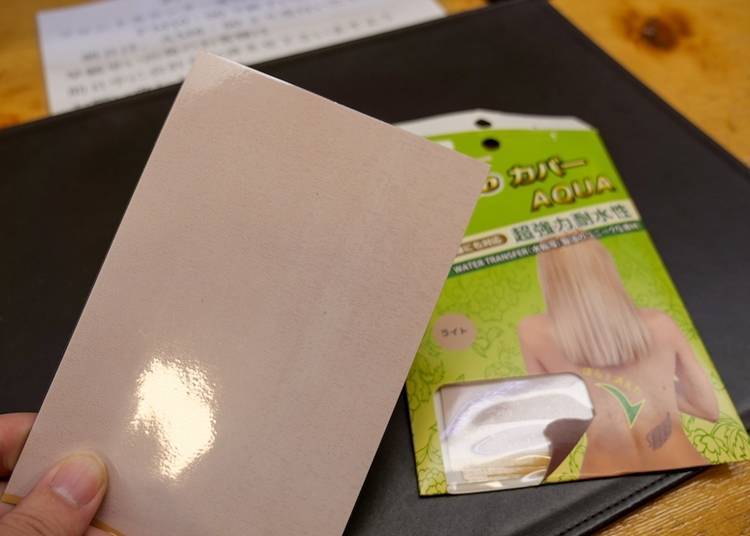
Once you've changed out of your clothing, head to the Hiba Sennin Furo. Once you head into the bath area, the wide-open space and white steam covering the baths jumps out at you. As the name implies, the Sennin Furo, which means "thousand-person bath," seems large enough to accommodate one thousand people.
It is made of cypress wood from Aomori prefecture, and without a single pillar used in its construction, there is an overwhelming sense of presence, making you feel like you've become one with nature.
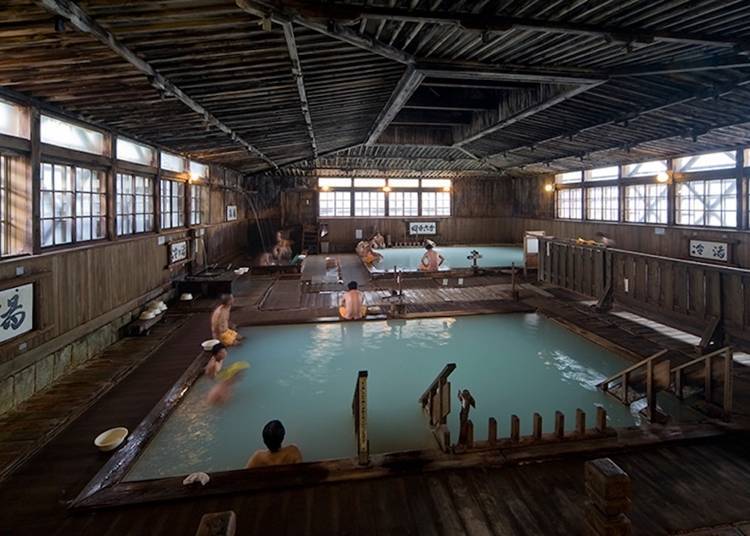
Before you make use of the baths, there are two points to take note of. Though the Hiba Sennin Furo is technically a mixed bath, the left side is reserved for the gents, while the right side is for the ladies.
Though there isn't a separation available, there is an area which the men are requested to refrain from entering, so that the ladies may enjoy the baths with peace of mind too. For the gents, do mind your manners when entering the baths.
Besides this, special clothing sold on-site for the ladies that can be worn into the baths are available too, so it's recommended to make use of it. As there are ladies-only timings reserved for the bath as well, from 8:00 a.m. to 9:00 a.m. and 8:00 p.m. to 9:00 p.m., those who would prefer to avoid the mixed baths can go in during those timings as well.
Another point of note is that the bath waters are very acidic, with a pH of 1.7, so when you enter the bath, you'll feel a tingling sensation on your skin. As those with sensitive skin may get inflammation, it's recommended to limit your time in the bath to ten minutes at most and not rub your body when soaking in the waters.
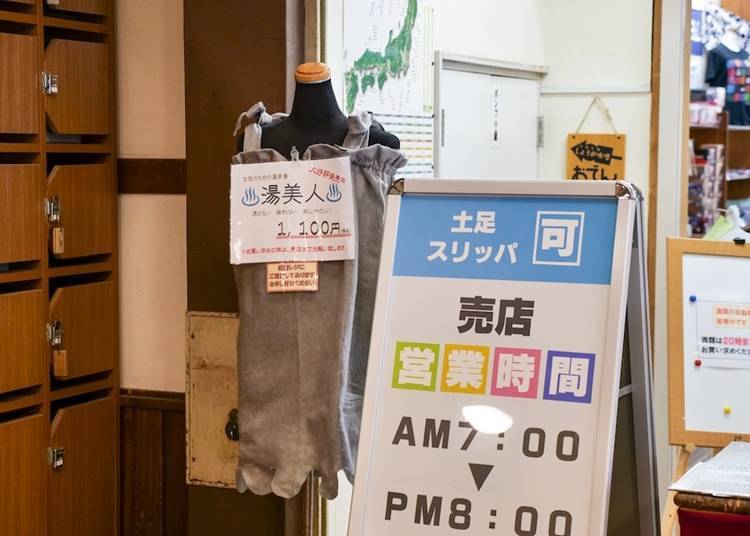
After you've finished your soak there, try a dip in the Netsuyu, which is right in front. The name translates to "hot bath." Though it may seem like a bath with very hot water, it's actually at a comfortable temperature that's easy to enter and warms your body up nicely. With slightly cloudy waters with a smooth feel on your skin, soothe your body in this historically famous bath.
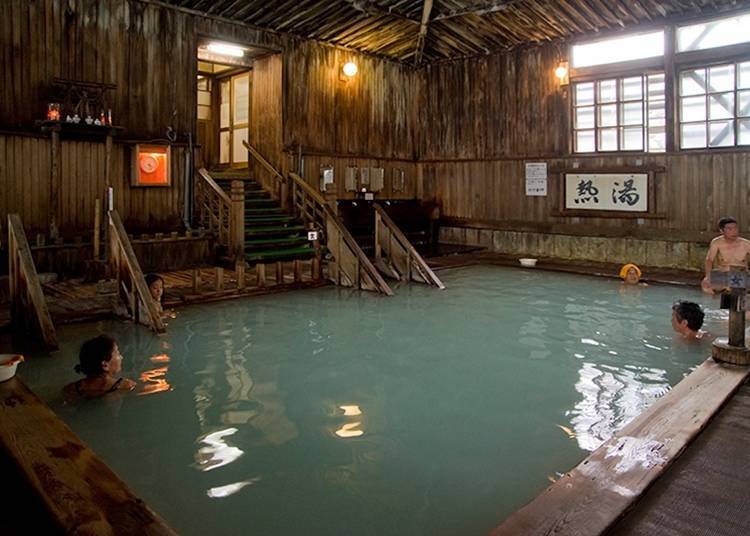
The next bath is deeper inside, the "Shiburokubu-bo-Yu." The name means "the bath of four parts and six parts" and refers to how close the water temperature is to your body temperature. If the Netsuyu is a ten on the scale, this bath is four to six.
The spacious bath interior has an open feel, and with bath waters slightly hotter than the Netsuyu, you can feel yourself comfortably sweating.
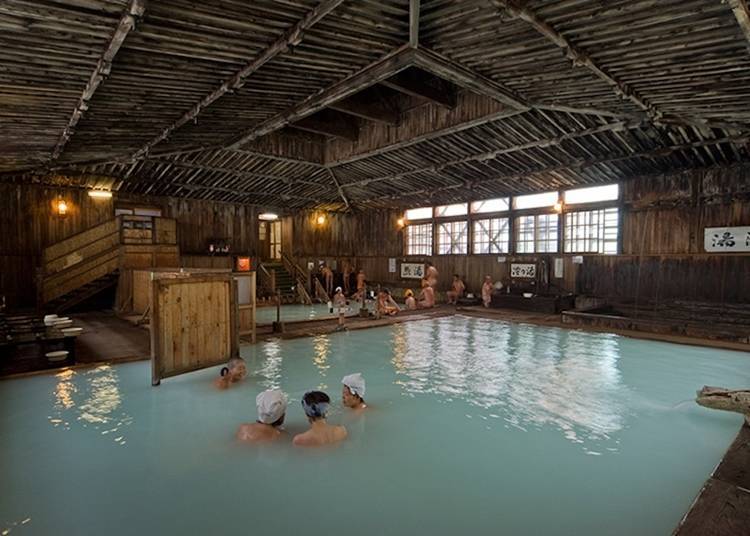
After you've washed off the sweat from the baths with cold water, head to the Yutaki. With forceful streams of water, you can concentrate the waters on your shoulders and other problem areas for a massage.
The trick is to allow the strength of the water striking your problem areas to gradually increase in strength, allowing you time to get used to the force of the water.
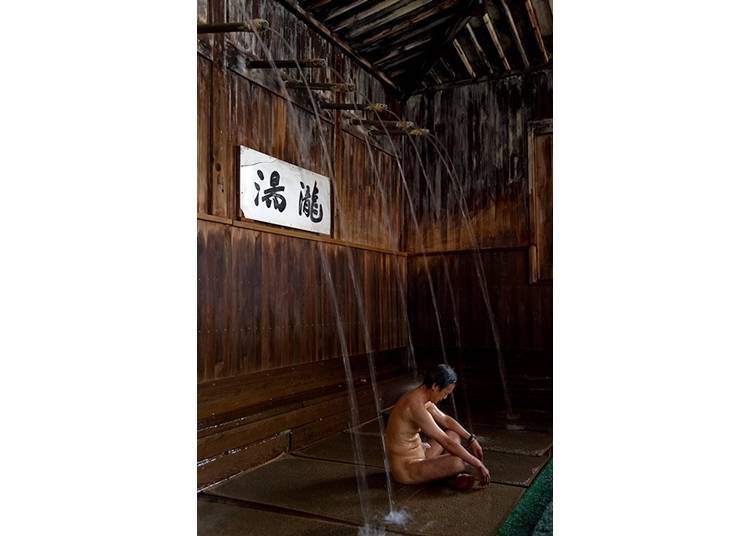
Finally, head into a hot bath one more time, to warm up your body. Your body will have the slight smell of sulfur left on it, and you'll find your body becoming lighter as a result of the special properties of the bath waters you've been soaking in.
To wrap things up, head back to the building and have some spring water from Hakkōda to replenish the water lost by your body.

Inside the building, besides the Hiba Sennin Furo, is a small bath called the Tama-no-Yu. The bathing area here is separated into small bathing areas for males and females, so ladies can enjoy soaking with peace of mind as well, and you can enjoy spring waters from yet another different source from the Sennin Furo.
A washing area is available, with shampoo, conditioner, and body soap provided, so those who would prefer to have a proper clean-up are recommended to wash up here.
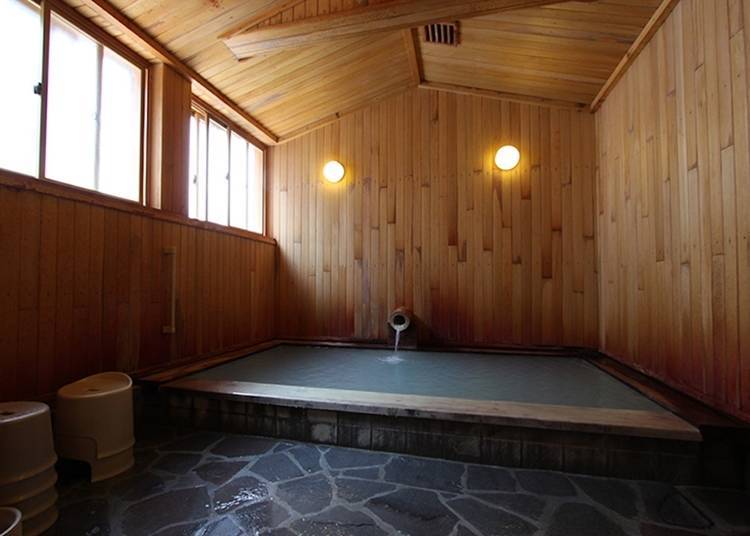
Ryokan-tō and yuji-tō are both available
The Sukayu Onsen-juku is comprised of a "ryokan-tō,” with Japanese-style and western-style rooms, as well as a "yuji-tō,” for guests coming for "yuji,” where they use the bath waters to sooth their ailments and illnesses. There is a dining area near the yuji-tō, and kitchen facilities for making food for extended stays are available too.
Especially in winter, there are many guests who come for yuji, and many foreign visitors who come for skiing often make use of the yuji facilities too.
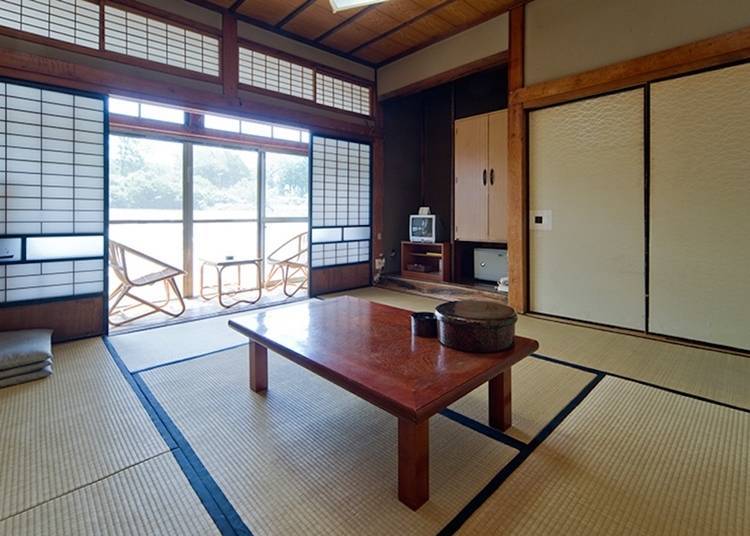
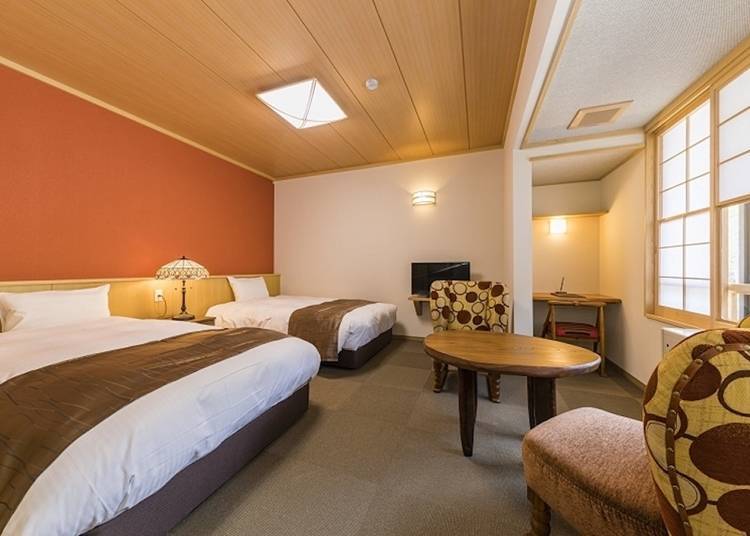
-

-
Address
50 Arakawa, Aomori-shi, Aomori, 030-0197
View Map -
Nearest Station
Tsutsui Station (Aoimori Tetsudo)
Vacancy search, reservation
-
from 39,600JPY 1room, 2adults
Check with our partner site as the latest rates, rate details, and guest room requirements may vary.
-
Address
50 Arakawa, Aomori-shi, Aomori, 030-0197
See amazing scenery along the Hakkōda Ropeway and enjoy winter sports
Though it's fine to come to Hakkōda just to enjoy the Sukayu Onsen, it's also recommended to take a proper look at the sightseeing facilities nearby too.
For example, the Hakkōda Ropeway is a spot that allows you to see the mountain ranges of Hakkōda. The large gondolas can take up to 100 people at a time, allowing you to take a walk through the sky while admiring the view.
You can also see the frozen trees called "snow monsters,” and enjoy the scenery that winter in Aomori has to offer.
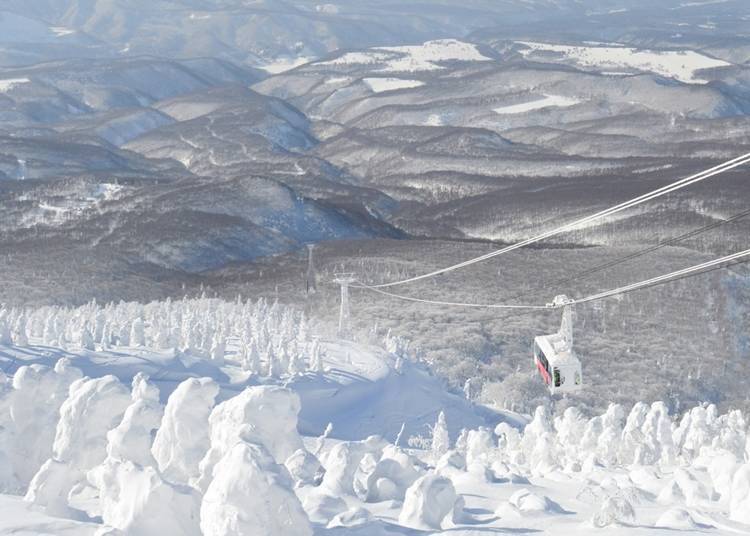
Besides this, the ski season is open from the beginning of December to mid-May, allowing you to enjoy it for about half a year, and the 5-kilometer-long long course with high-quality powder snow is critically acclaimed as well. After you've enjoyed skiing along the whole mountain, you can warm up your body at the Sukayu Onsen for an enjoyable experience too.
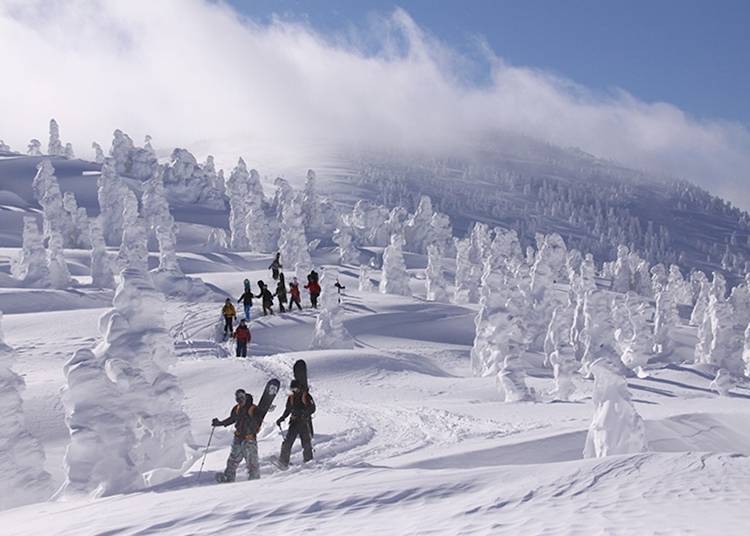
-
Hakkoda Ropeway八甲田ロープウェー
- Address Kansuizawa 1-12, Arakawa, Aomori Shi, Aomori, 030-0188
-
Nearest Station
Access: From JR Aomori Station, take the JR bus to Hakkōda Ropeway station and alight. 19 kilometers from Aomori Chuo IC exit on the Aomori Expressway by car.
- Phone Number 017-738-0343
・Hours: 9 AM–4:20 PM (March–early November), 9 AM–3:40 PM (mid-November–February)
・Admission: Adults (middle school and older) – 1,250 yen (one way), 2,000 yen (return); Children (elementary school and younger) – 450 yen (one way), 700 yen (return); Free for children below school age (tax included)
・Closed: Open year round, but closed during inclement weather and early November for maintenance
・Phone: 017-738-0343
Free pickup services! Recommended accommodations around Sukayu Onsen
Though it's fine to stay at the ryokan-tō and yuji-tō at Sukayu Onsen, it's recommended to make use of the unique hotels in the surrounding area too.
1. Hakkoda Hotel
You can see large swathes of beech forests fill up the window, and the Hakkōda mountains from the guest room, and the hot spring, which uses Aomori beech to direct the flow from the spring, is popular too.
A free shuttle bus service from Aomori Station and Sukayu Onsen are available as well, making its access excellent.


-

-
Address
1-1 Arakawa, Aomori-shi, Aomori, 030-0111
View Map -
Nearest Station
Tsutsui Station (Aoimori Tetsudo)
Vacancy search, reservation
-
from 82,280JPY 1room, 2adults
Check with our partner site as the latest rates, rate details, and guest room requirements may vary.
-
Address
1-1 Arakawa, Aomori-shi, Aomori, 030-0111
2. Hotel Jogakura
Hotel Jogakura is a Scandinavian-style mountain resort hotel that offers unrivaled views of the surrounding natural scenery, and with open-air baths where you can take a soak all-year-round, high-quality beds that guarantee you a good night's sleep, and carefully selected ingredients used in their cuisine, it has received many rave reviews.
A free shuttle bus service to Hakkōda Ropeway and Sukayu Onsen, amongst other places, is available too.
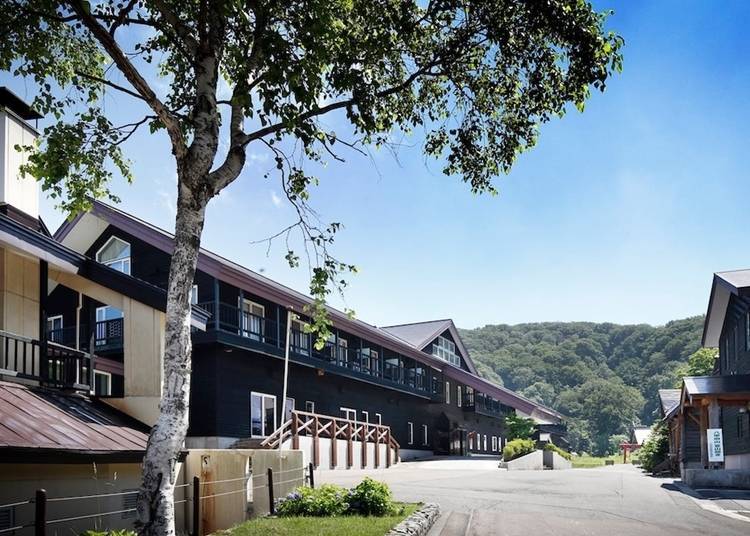
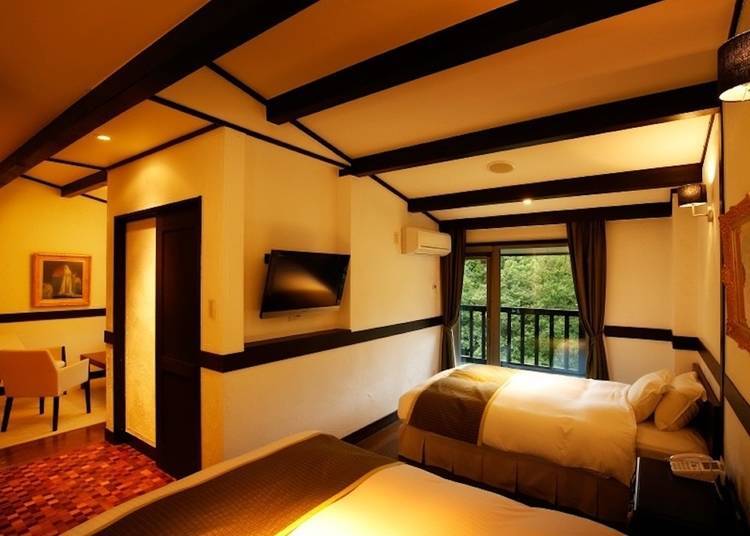
-

-
Address
Arakawa Hakkoda Yamanaka, Aomori City, Aomori, 030-0111
View Map -
Nearest Station
Tsutsui Station (Aoimori Tetsudo)
-
Address
Arakawa Hakkoda Yamanaka, Aomori City, Aomori, 030-0111
The hot springs surrounded by a winter wonderland covered in snow, have many places where you can just forget about daily life and enjoy the experience. From famous healing hot springs, to breathtaking views of this country of snow, to even winter sports, you can fulfill your heart's desires here. This winter, why not have an unforgettable holiday to Sukayu Onsen and Hakkōda?
Text by: Shimoda Tsubasa
Information is accurate as of January 2021. Please check the official websites for the latest information.
*Prices and options mentioned are subject to change.
*Unless stated otherwise, all prices include tax.
Popular Tours & Activitiess
Recommended places for you
-

Koiwai Farm
Other Nature
Morioka, Hiraizumi And Hachimantai
-

Lake Tazawa
Rivers, Lakes & Canyons
Surrounding Areas Of Akita
-
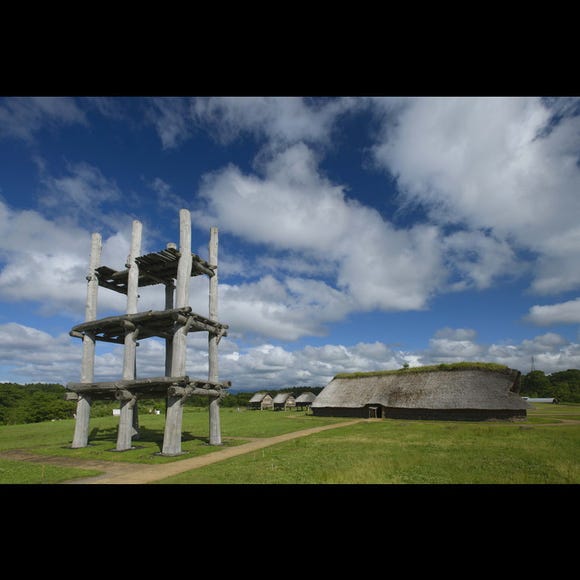
Sannai-Maruyama Site
Village Ruins
Aomori, Hirosaki And Hachinohe
-

Akiu Onsen
Hot Springs (Onsen) & Bath Houses (Sento)
Sendai And Matsushima
-

Zuiganji Temple
Temples
Sendai And Matsushima
-
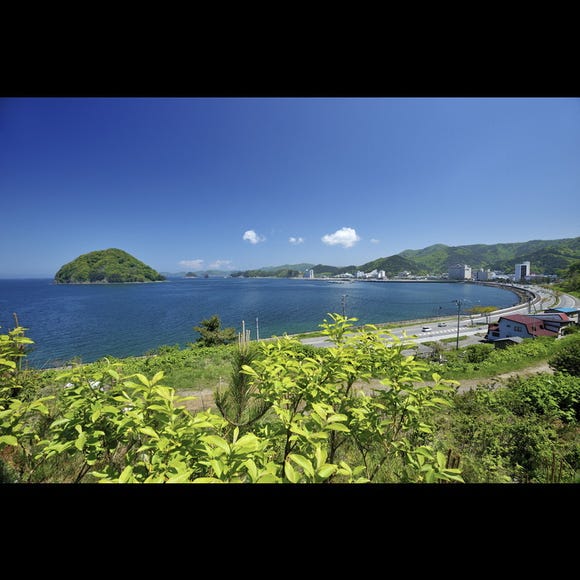
Asamushi Onsen
Hot Springs (Onsen) & Bath Houses (Sento)
Aomori, Hirosaki And Hachinohe
-

Shopping in Akita: 11 Must-Buy Souvenirs & Where to Shop Near the Station and Airport
by: ShiroKu inc.
-
Ad

Why Fukushima is the Next Big Food Destination in Japan The Foodie Paradise Only 90 Minutes from Tokyo
-
Ad

Advice from the Experts at Hitohira: Here's How to Choose the Best Japanese Knife
-

Dining in Yamagata: Must-Try Foods & Top Restaurants Near the Station
by: ShiroKu inc.
-

Shopping in Niigata: 9 Must-Buy Souvenirs & Local Sake to Take Home
by: ShiroKu inc.
-

What to Buy in Aomori? 11 Aomori Souvenirs Locals Actually Recommend
by: ShiroKu inc.
-

Iizaka Onsen Guide: Japan's Gorgeous Hidden Hot Springs Town! (Access, Things to Do, Ryokan)
-

Best Outlet Malls Near Sendai: Shopping, Souvenirs, and Discounts
-

20 Best Things to Do in Fukushima Prefecture (Sightseeing Attractions, Local Foods & Activities)
-

Kaminoyama Onsen Guide: Best Things to Do in Japan's Samurai Town!
-

Nyuto Onsen: Famous Baths with Breathtaking Winter Sights in Akita's Renowned Hot Spring Village
-

5 Unique Tohoku Onsen Hot Springs That Surprised Foreign Visitors












